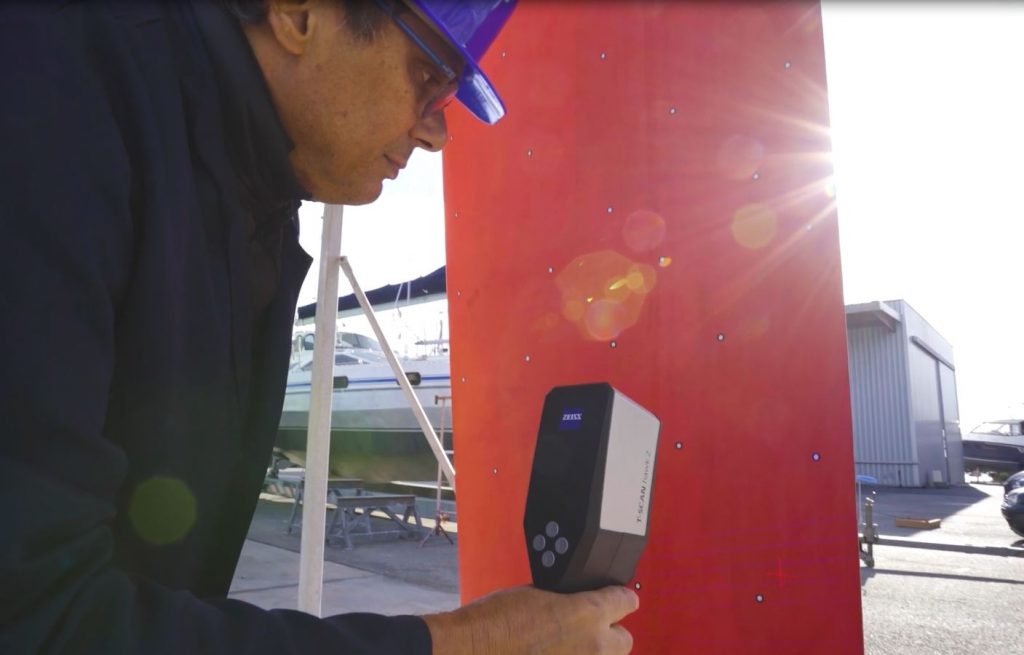Repair of boat keels
The world-famous Transat Jacques Vabre transatlantic regatta has been taking place on the French coast since 1993. In order to be able to complete the race as specified without intermediate stops and without external assistance, all components of the Class 40 sailing ship ZEISS WEEECycling must be checked in advance. This is done by ARIES, a shipyard located in Cherbourg in north-west France. Of particular interest here: The keel. It is one of the key structures for ensuring a safe and balanced voyage during long-distance navigation. A boat’s keel serves as its spine, providing essential stability and balance while opposing the forces of wind and water. By acting as a counterweight and a hydrodynamic element, the keel allows the boat to maintain a regular heading, resist lateral drift and optimize navigation performance. Its maintenance and quality assurance are essential for the skippers.
How to ensure safety in transportation through 3D scanning
Optimized defect analysis thanks to
ZEISS INSPECT
3D renderings are necessary to perform the default analysis on the object being examined here as efficiently as possible. In this case, the ZEISS INSPECT software is used. The large number of evaluation options make the comparisons between the two sides of the keel particularly successful.
Mobile 3D scanning for various applications
Get in touch with your local dealer to find out more.
